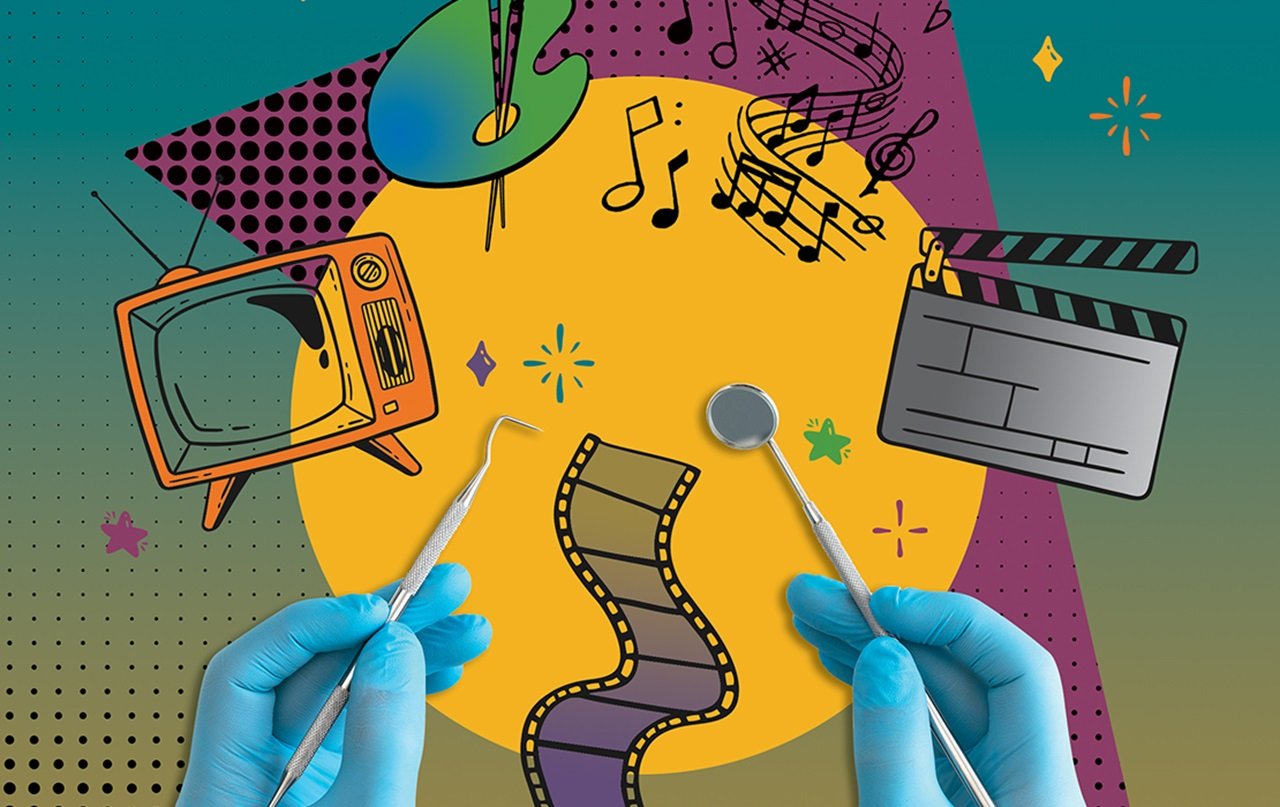
Deconstructing the Dentist Archetype in Popular Books and Film
Ask someone to name a famous fictional dentist, and you’re likely to get one of a few distinct answers. They might shudder at the memory of the sadistic Dr. Christian Szell in Marathon Man, famously asking, “Is it safe?” before performing a torturous procedure without anesthetic. Or perhaps they’ll chuckle, thinking of the hapless Stu Price from The Hangover, who wakes up in Las Vegas missing a tooth of his own.
From figures of pure terror to objects of slapstick comedy, the dentist has long held a unique and often unflattering place in our cultural imagination. In books and on screen, they are rarely just background characters. They are powerful archetypes, embodying our deepest anxieties about pain, control, and vulnerability. Deconstructing how literature and film have portrayed the dental profession reveals a fascinating story about our collective psyche and our evolving relationship with the person behind the mask.
The Dentist as Villain: A Figure of Fear
The most potent and enduring dental archetype is the villain. This character taps into a primal fear of the dental chair—a place where we are rendered physically vulnerable, reclining and unable to see what is happening, placing our complete trust in a person wielding sharp, metallic instruments.
The Torturer Archetype
Dr. Szell from William Goldman’s novel Marathon Man (and the subsequent film) is the quintessential example. He isn’t just a dentist; he is a Nazi war criminal using dental tools as instruments of torture. This character cemented the link between dentistry and interrogation in popular culture. A similar, though more fantastical, example is Orin Scrivello, D.D.S., from Little Shop of Horrors, a sadistic dentist who revels in causing his patients pain. These characters are effective villains precisely because they pervert the fundamental promise of the medical profession: to heal, not to harm. They take a situation where we are already anxious and amplify that anxiety to the level of terror.
The Controller Archetype
A more subtle villain is the dentist as a figure of oppressive control. In the novel One Flew Over the Cuckoo’s Nest, the patients of the psychiatric ward are terrified of the dentist’s office, seeing it as another place where the institution can exert physical control over them. This plays on the fear of losing autonomy, a common theme in dental anxiety.
The Dentist as Buffoon: A Figure of Fun
On the opposite end of the spectrum is the dentist as a comedic figure. This archetype defuses our fear by making the dentist seem incompetent, foolish, or a victim of circumstance themselves, thereby flipping the power dynamic.
The Incompetent Practitioner
Characters like Tim Whatley on Seinfeld, who is suspected of being a “re-gifter” and is generally portrayed as slightly inept, make us laugh because they puncture the aura of medical authority. The joke is that the person we are supposed to trust is just as flawed and silly as we are. This is a coping mechanism; if we can laugh at the dentist, perhaps we don’t need to be so afraid of them.
The Dentist as the Punchline
Stu Price in The Hangover trilogy is perhaps the most famous modern example. He is a successful dentist, yet he is consistently the butt of the jokes, the most risk-averse member of the “Wolfpack.” The fact that he pulls his own tooth in a drunken stupor is the ultimate comedic inversion—the expert becoming his own worst patient. This archetype allows the audience to feel a sense of superiority, which helps to alleviate the anxiety associated with the profession.
The Tragic Dentist: A Figure of Unfulfilled Dreams
A more modern and complex archetype has emerged, sitting between the extremes of villainy and comedy: the tragic dentist. This character isn’t a source of fear or laughter but of pathos. They are professionally successful but personally unfulfilled, viewing their career as a respectable but passionless trap.
This archetype taps into a contemporary anxiety about career choice and the pressure to pursue a “safe” path over a true calling. In the film Brad’s Status, the wealthy and comfortable dentist played by Ben Stiller is consumed by a mid-life crisis, tormented by the belief that his life lacks the meaning and excitement of his college friends’ careers in more glamorous fields. He isn’t evil or incompetent; he is simply unhappy, and his profession is presented as the symbol of his compromised ambitions.
This portrayal humanizes the dentist in a new way, shifting the focus from the patient’s anxiety to the practitioner’s own quiet desperation. It generates empathy, inviting the audience to see the person behind the profession as someone with their own set of dreams and disappointments. This character reflects a culture that increasingly questions the definition of a “successful” life, making the dentist a relatable figure of modern melancholy.
Read Also: How Technology Is Revolutionizing Traditional Education
Searching for the Hero: The Evolving Archetype
Notably rare in fiction is the dentist as a straightforward hero. Unlike the countless noble doctors and heroic surgeons who populate our stories, the dentist is seldom the one who saves the day in a conventional sense.
However, a more nuanced and positive portrayal is beginning to emerge. In modern storytelling, there is a growing trend toward humanizing professionals and showing them as complex individuals. Shows and books may now feature a dentist as a well-adjusted main character whose profession is simply their job, not a defining character flaw or a source of terror.
The way we tell stories about dentists matters. These archetypes, whether scary or silly, have shaped public perception for generations.
As the reality of dentistry becomes more patient-centered, comfortable, and technologically advanced, perhaps a new archetype will emerge in our books and films: the dentist Adelaide and in other places as a trusted partner in health, a quiet hero who relieves pain, restores confidence, and gives people a reason to smile.




